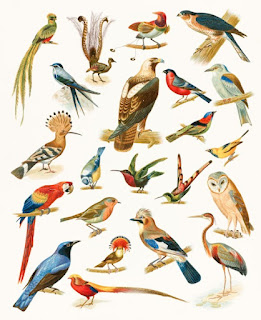Dancing with the Double Stars
.jpg)
Take a look at the starry skies and ponder them for a spell. We know that those points of light are not all stars. Mixed in with stars of varying sizes and colors are nebulae, planets, galaxies — and more stars. Once again, increases in technology bring new knowledge and more frustrations for cosmologists. It has been learned that many of the stars we see are binary (double) stars orbiting a gravitational point between them. Interestingly, Star Wars: A New Hope used Tatooine, a planet in a double star system in the story before exoplanets were even discovered. Webb telescope shows dust rings around Wolf-Rayet 140, Credits: NASA, et al (usage does not imply endorsement of site contents) Remember, the prevailing view of solar system formation is that a hot, gaseous cloud coalesces into stars and planets. We can reasonably expect uniformity in orbits, content, and such. Many binary stars are doing their dance with mismatched partners, and some go beyond binaries into an even mo...











%20modified%20at%20PhotoFunia.jpg)



.jpg)
